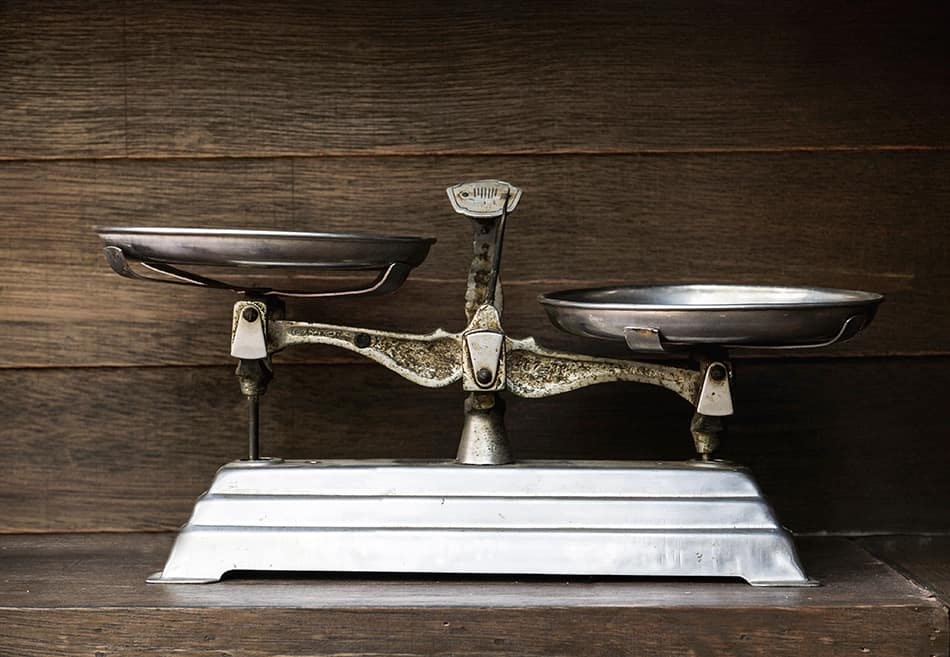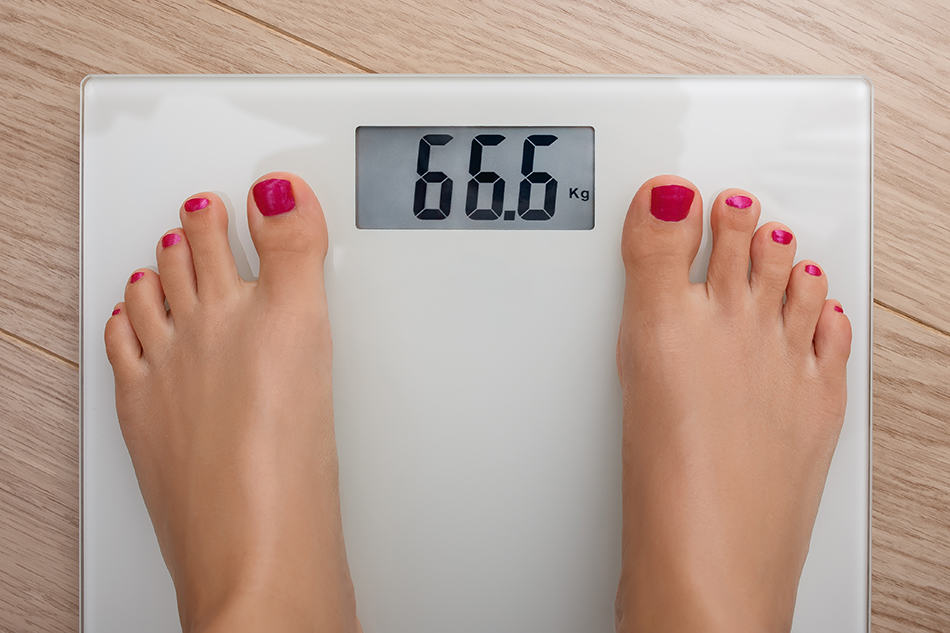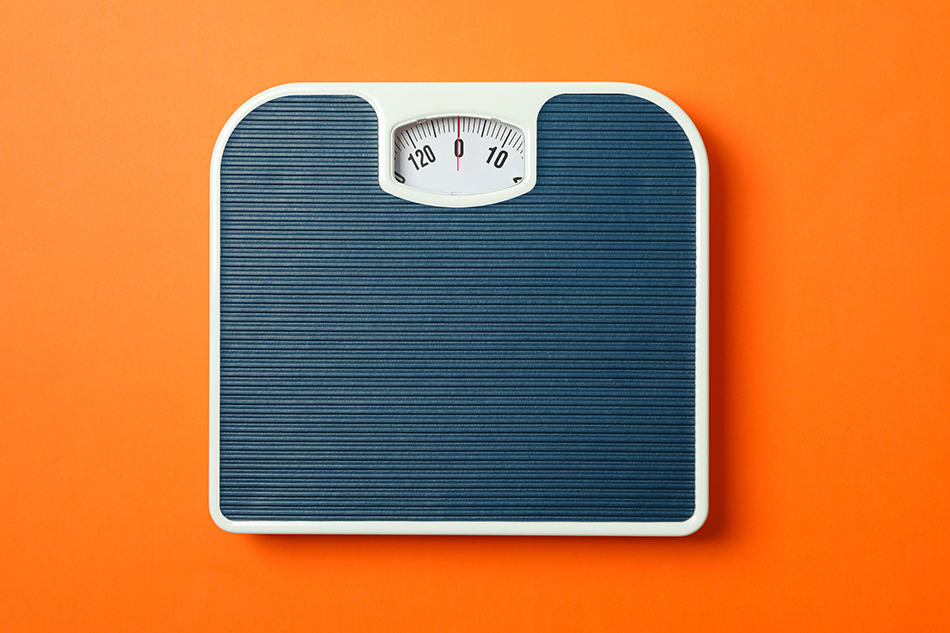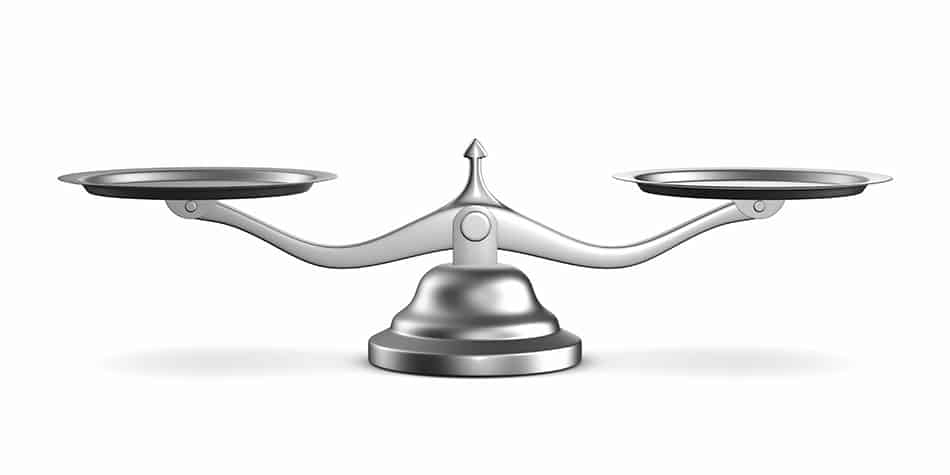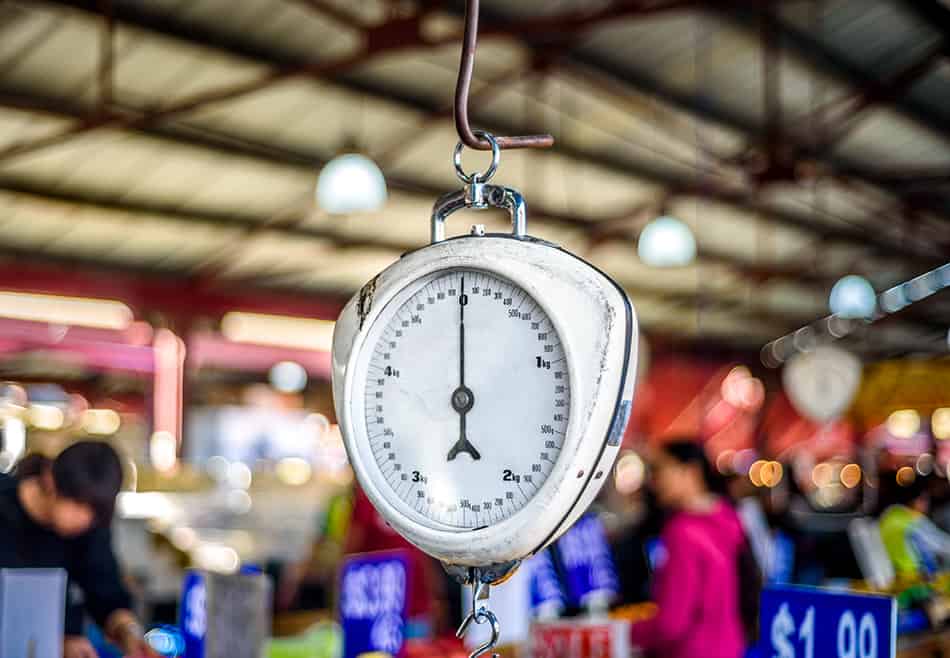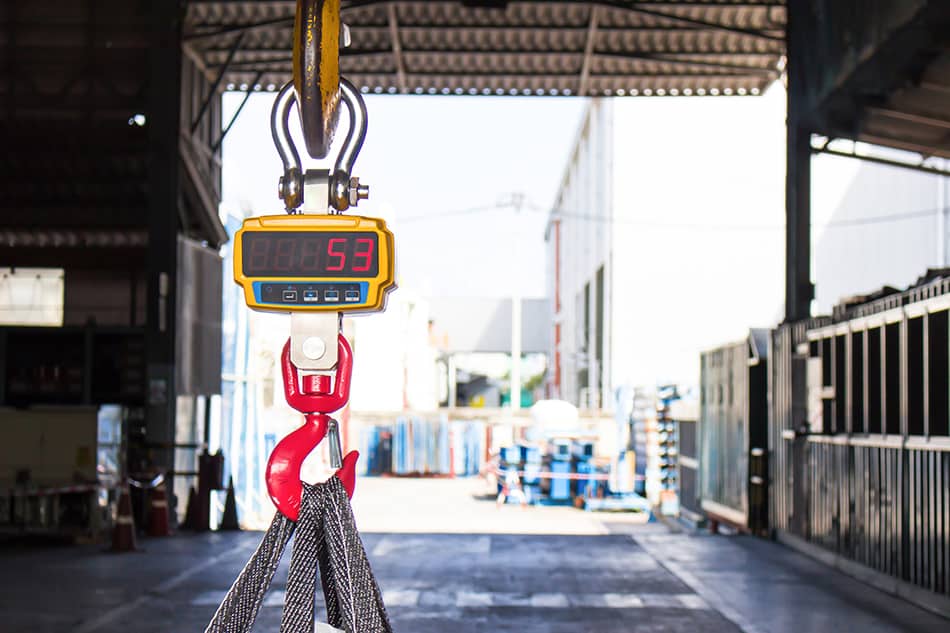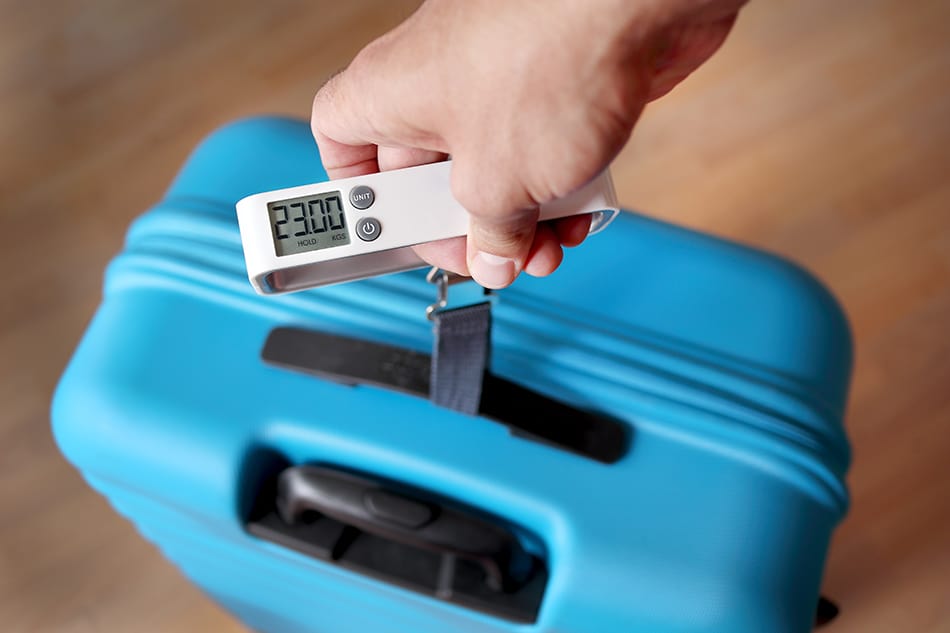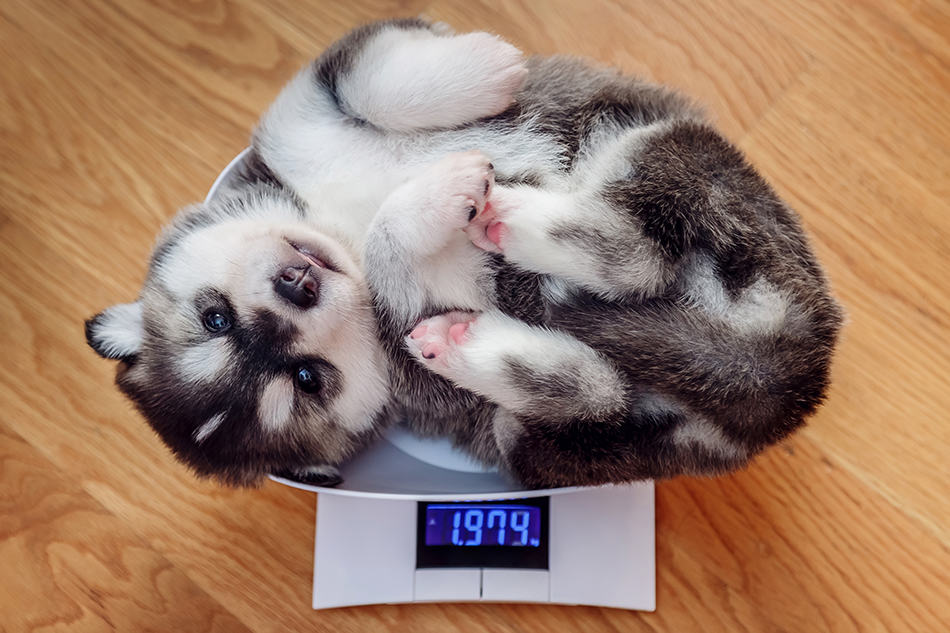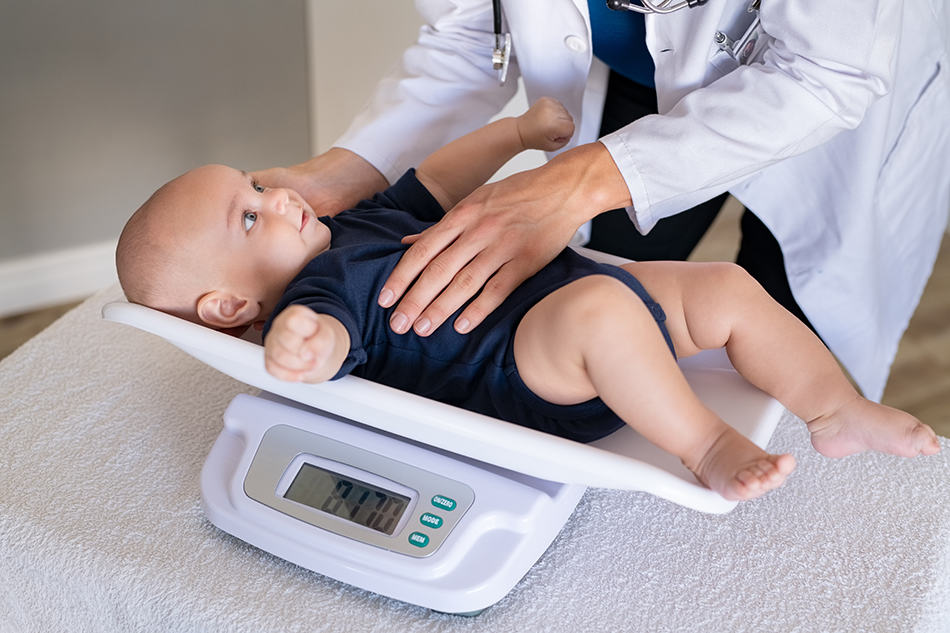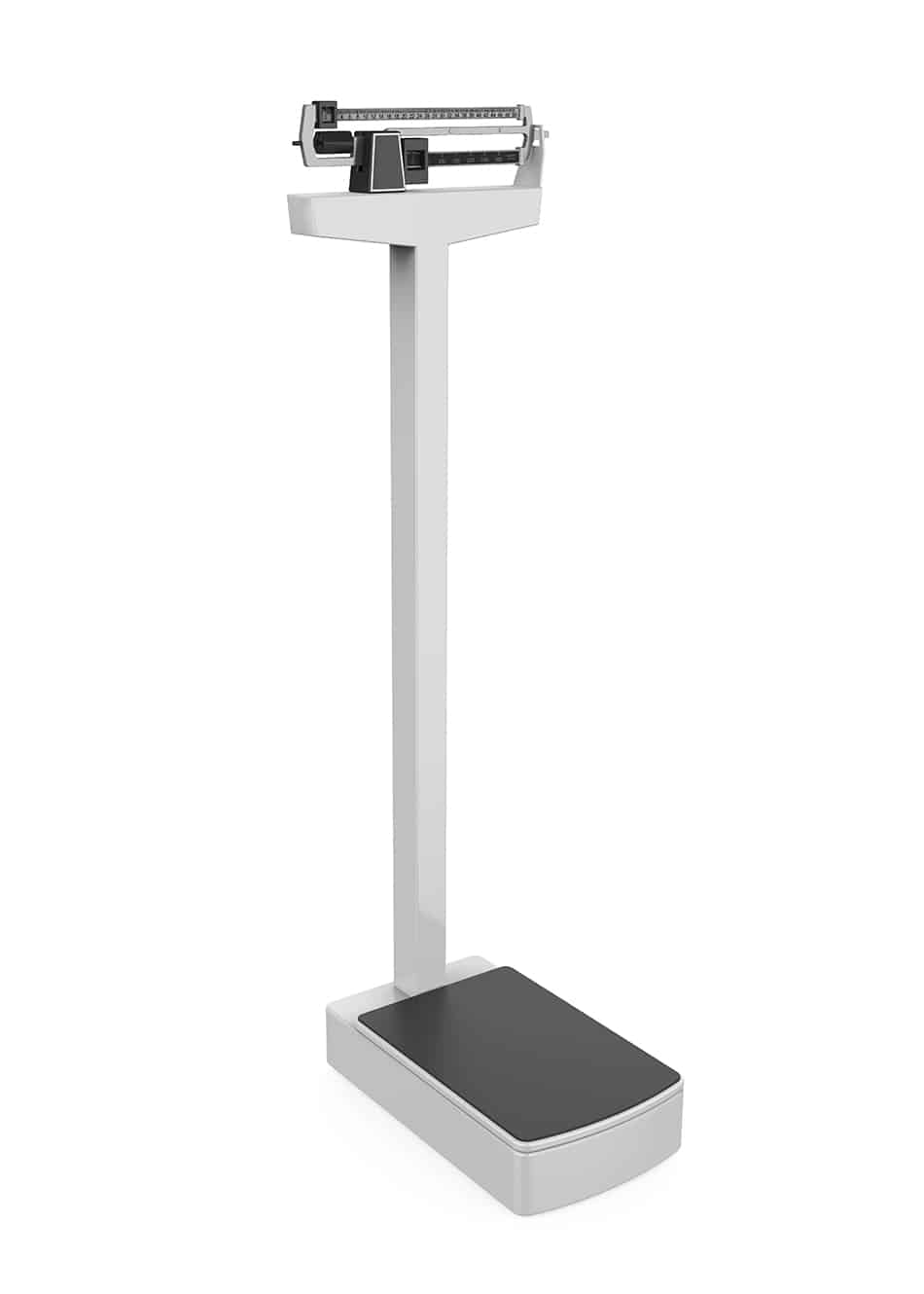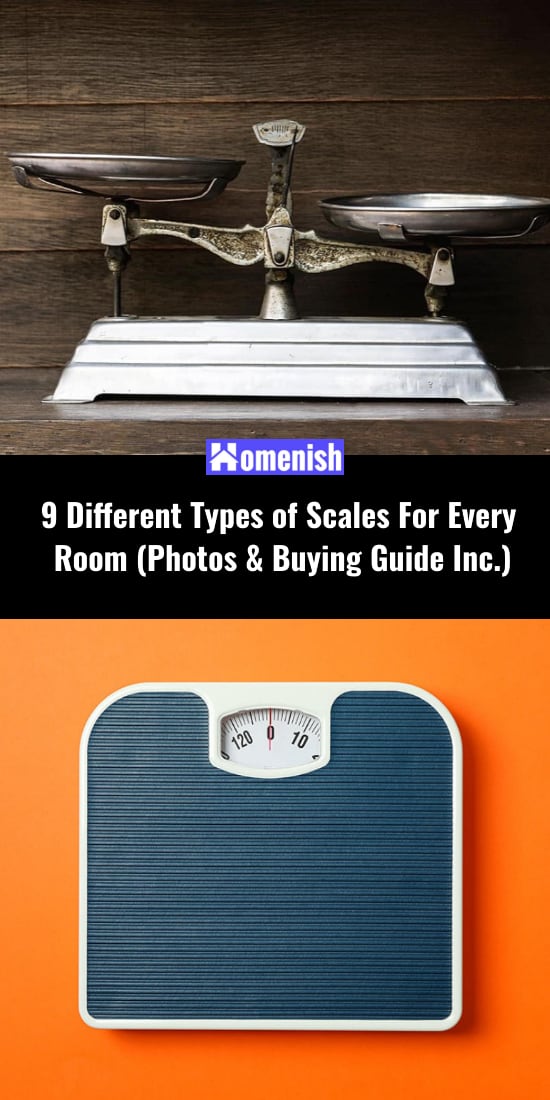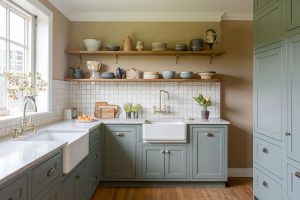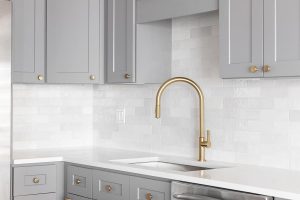Measurement is a necessary step to progress. They say that any goal you set needs to definable and measurable so that you’ll know when you’ve achieved it. The same goes for weighing anything from a cut of meat to your own body to your suitcase. You can’t follow a recipe accurately, meet your health goals, or satisfy the requirements of the airline without measuring how much the applicable items weigh.
In this post, we’re going to show you all the types of scales you might want to have in your home. We’ve organized them by Kitchen, Bathroom, and Special Use. After describing what each type of scale is, the scaling technique it uses, and what it’s used for, we’ve completed this buyer’s guide with functions and materials to look for.
If you don’t have one of these types of scales, consider if you have a use for it. How would each scale assist you in achieving some goal?
General Functions to Look for in a Scale
These features can be useful in any of the following types of scales. Browse the list and keep them in mind as you review each kind of scale. You may see some of these functions as must-haves while not caring for others.
Digital
Scales with a digital display are the easiest to read. Large numbers and a backlit display make them easy to see from a distance, say when you’re standing over it weighing yourself. They’re also the most accurate. The one downside is they need batteries, and if the batteries are low, you’ll get drastically misread weights. You also need to put these on a completely flat, hard surface to achieve an accurate reading.
Analog/Mechanical
The opposite of a digital scale is the analog type. These have dials instead of an LED display. While they can be very accurate, people often don’t read them that way. They’re more for approximating weight, like the deli counter does when you order a half-pound of ham, or when your recipe calls for 10 ounces of chopped nuts. You don’t need to be exact, just approximate. Of course, you don’t want to track your own weight this way if you’re on a diet plan.
These do have the added benefit of not needing batteries, though. You may need to recalibrate them once in a while, but they don’t require any other maintenance and can last for years.
Batteries Included
This is a nice feature if you’re digital scale requires a specialty size. That way, you can start using it right away without having to hunt for the correct battery type. More often than not, digital scales will run on standard AA or 9v batteries, so replacing them shouldn’t be a hardship.
Metric/English Compatibility
Many scales have both English and metric readouts either on the dial or as a function to switch to in a digital scale. This is useful if you come across a recipe that uses different measurements than you’re used to and don’t want to take the time to convert the weights yourself. With so many high-quality recipe sites on the internet today, it’s quite likely you’ll find something from another country you want to try.
Portable
Whereas portable scales aren’t meant for weighing large-scale items, they can be useful for smaller household items. Use a portable scale in the kitchen for cooking, then clean it off and take it to the office to calculate the shipping costs of the eBay item you just sold.
Speaking Function
Some up-scale models will have an audible readout. This is useful if you’re weighing out food quickly and don’t want to interrupt your other tasks to read the scale. It can also be a boon to overweight individuals who find it difficult to read the scale beneath them. Or let’s say you’re getting into the shower and haven’t put your contacts in. All of these circumstances illustrate the usefulness of having more than one type of readout.
Types of Kitchen Scales
So, what are the different types of scales you can use in the kitchen? Here are the most common types.
1. Digital Scale
So much easier to read than a mechanical scale, a digital scale is something every cook should have for measuring out ingredients. You also want it to be fairly large so that you can accurately weigh large pieces of meat, melons, etc.
You can find them in rather slim profiles to slide into your cabinet or set it upright on the side of your counter. Just make sure you clean these well between uses. Some have detachable plates that can go in the dishwasher, but most do not. You’ll need to rely on wiping and sanitizing it manually.
2. Mechanical Scale
You can also call these spring scales or dial scales. When you place an item on the surface plate or in the bowl, the spring compresses, and based on how much the spring compresses, the dial registers the weight. You can see the inherent flaw in this design, right? As soon as the spring starts to wear out, your readings will no longer be accurate. Fortunately, you can replace the springs.
Spring scales are also not able to weigh small amounts accurately. The benefit is that they let you determine estimated weights quickly. They’re also easier to clean, with many of the components being dishwasher safe. Many come with two different attachments, a flat plate and a bowl. They both weigh the same, so you don’t have to worry about calculating for the change of using the bowl vs. the plate.
This type of scale will also never need batteries, so as long as the spring is in good condition, it’s ready to use. You can check the spring by weighing something of known weight.
3. Balance Scales
While balance scales won’t give you an exact weight, they can be useful in scaling recipes up or down. They work by comparing one weight to another. You place something on one side of the scale, then add or remove weight to the other side until they match. If your recipe calls for an even amount of two ingredients, you can weigh them with a balance scale to ensure you have the correct ratio.
The benefit of this type of scale is that it never goes bad. There are no parts to replace, no batteries to change. It’s a very simple design that is completely washable. It may not be very compact, though, so you might not want to buy one unless you have a large kitchen with a lot of storage area.
4. Large-Capacity Scale
Most digital and mechanical scales will weigh up to five pounds. That’s enough for most recipes. But when you’re planning a meal for a large gathering or running a bakery or restaurant, five pounds isn’t going to cut it. That’s when you need a large-capacity scale. They come with a large detachable bowl and can be either mechanical or digital. Of course, the mechanical variety will be much less expensive.
5. Hanging Scales
These are also called butcher’s scales or fisherman’s scales or farm scales. While certainly useful for measuring more than the weight of items in your kitchen, this is useful to have in the cooking area for weighing large pieces of meat or whole fish. You attach what you want to weigh on the hook, and the scale determines the amount of force pulling on it. These are generally very small and portable, and you can find them in digital or analog varieties at fairly low costs. Keep the display area clean by only touching the hook to the raw meat, then unscrew the hook and wash it separately or sanitize it for later use.
An example of a digital hanging scale.
Special Use Scales
The following scales are types that you may not need very often. Some people will never use some of these scales, so we’re listing them only for you to consider. If they fit into your lifestyle, you’ll see their use right away. If not, ignore them and move on to the next idea.
6. Baggage Scale
There are two ways to weigh your luggage. You can hold your luggage on top of a bathroom scale, then subtract your own weight, or you can buy a baggage scale. If you travel a lot and need to ensure the airline will accept your luggage, this is the more convenient way to go. The scale is larger and has an easy readout for you to see how much your baggage weighs on the scale.
7. Pet Scale
You may have seen these at the vet’s office. These are wide scales the pet stands on with a digital display. It doesn’t matter if your cat or dog or more exotic pet moves around on the scale, as it measures the weight across the full plate. Buy one if you’re keeping track of your pet’s health or needing to weigh farm animals for slaughter.
8. Baby and Toddler Scale
Speaking of living beings that move too much for regular scales, a baby/toddler scale has a curved plate to keep your little one cradled inside for measurement. This is a useful buy if your child has problems gaining weight as you can monitor his or her progress more accurately between doctor visits.
9. Physicians’ Scale
You commonly run into the physical scales in medical places to have the patients weighed. These scales can give precise measurements, and built with durable materials – that’s why it’s not cheap to own one.
What to Look for in a Kitchen Scale
What are the best features to look for in your cooking scales? Besides the functions we mentioned up top, these will particularly assist you in the kitchen.
Bowl Included
Some ingredients don’t lay flat on a plate. You need to pour them into a bowl to weigh them. When you buy a scale with a bowl, the bowl will weigh the same as the flat plate, so you can easily switch between the two and still get accurate readings. You can then use the bowl to mix ingredients without having to dirty another dish, and that’s always a boon to cooks.
These bowls are usually stainless steel, so they’ll last for years without any concerning signs of wear and will never break if you drop them. Just make sure the included bowl is large enough for your daily weighing needs.
Measurement System Selection
When you select a kitchen scale that can change quickly between different units, you will be able to use recipes from around the world without having to worry about making the conversions yourself. Look one for one that can measure grams, ounces, pounds, milliliter, and liquid ounces to get the most use from your scale.
Wall Mountable
If you want to conserve space in your kitchen, you can either slide a digital scale into a cupboard or buy one that can be mounted on the wall. It folds up when you’re not using it and folds down when you are. You slide them off the mount to center it on the counter and clean it. Some also have a clock function on the underside, so it still serves a purpose when you’re not using it as a scale. These come in digital or mechanical varieties.
Best Material for Kitchen Scales
Now we turn to what the outer housing of your kitchen scale should be made of. There are only a couple of choices in this department, and they’re both hardwearing and super easy to clean.
Stainless-Steel
More and more people are using stainless steel for their appliances. When it first became popular, it would smear and show fingerprints, but now, they stay much cleaner and look sleek in any kitchen. This material does not absorb particles, so it’s very sanitary. Just keep the surface clean and know that this material will last for decades without any chance of rusting or breaking.
Metal
Unlike plastic, which can stain easily and look dirty in a short period of time, metal scales are easy to wipe clean and have a more rugged appearance. Different types of metal are non-porous, just like stainless steel, but they may scratch and rust more easily, so you’ll want to be more careful with these and not use metal utensils or abrasive scrubbing tools with them.
Health/Bathroom Scales
This is what you would keep in your bathroom or exercise room. Most of them go up to 300 pounds accurately, but you can certainly buy higher capacity scales for a little more money. They can be digital or mechanical, and your choice of which to buy will depend on how precise you want to be. In general, people who are weighing themselves want as exact a measurement as possible so that they can track their progress.
What to Look for in a Bathroom Scale
Since a bathroom scale is meant to help you identify your own level of fitness, they’ll often come with these specific features.
Memory
A digital bathroom scale may also have a built-in memory. This will record your weight over a period of time so that you can see your progress. It may display this information as a list or as a chart or graph, depending on the model and how much you want to spend. You can also have multiple users so that you and your spouse can both track your weight gain or loss using the same scale.
Measure BMI
A useful indicator of fitness is your BMI, or body mass index. It goes beyond simply measuring your weight and shows you the ideal weight for your height, and recommends how much you should lose or gain. Again, most scales with this function will have built-in memory as well to help you record your progress.
Measure Body Fat
BMI is useful but doesn’t give you the full picture. Someone with a lot of muscle can be “overweight” for their height. But by measuring body fat, you can tell what your fat to muscle ratio is. This indicates whether you need to focus on your diet and cardio exercise to cut fat or increase your resistance exercise to build muscle.
Measure Muscle Mass
For people who are working hard to build muscle and aren’t as concerned with losing weight, a scale that will measure their muscle mass is important, as it will allow them to quickly and easily track muscle gain. Some of these scales will actually track muscle gain or loss for the user, so they don’t have to rely on keeping track of it themselves.
Measure Body Water
Measuring body water shows your water weight, which is quite easy to lose and gain based on the day. It shouldn’t be factored into your true weight, as losing water weight indicates you’ve made more progress than you actually have, and gaining it can be more disappointing than it should be. Rather, body water should be an indication of total health, as you need body water to keep hydrated and prevent headaches and muscle aches. It may also help you understand if a certain food is causing you to retain water.
Measure Bone Mass
As people age, it is very common for them to begin to lose bone mass. This function can help you know if you need to change your diet and exercise routine to build more bone mass. In general, calcium and impact exercise strengthens bones, but be careful with exercise so as not to overstress weak bones.
Recommends Calorie Intake
Scales that can link to a mobile phone app via Bluetooth have the ability to provide you suggestions about what type of calorie consumption you need to have every day. This will be in conjunction with entering your meals into the app.
Integrated Alarm
It can be tough for some individuals to want to weigh themselves every day, even with the scale sitting out in the open on the bathroom floor. You can set scales with an alarm to sound every day or week at a certain time. This motivates you to weigh yourself because you’re less likely to ignore it when the alarm goes off.
Slip-Resistant
While glass scales might look excellent in a restroom, they can be extremely slippery when they get wet from drips or the general humidity from the shower, which is why lots of people select a scale that has a slip-resistant top to prevent mishaps. Step on with your bare feet and have no fear of slipping.
Best Material for Bathroom Scales
What are the most sanitary and fashionable materials for a bathroom/fitness scale?
Plastic & Acrylic
Plastic scales are generally less expensive than their metal or glass counterparts and work great in most bathrooms. While you can sometimes find models that are white, these are more prone to staining, so black is preferable, especially if you want to keep your scale looking its best.
Glass
Glass scales look great in any bathroom and are very easy to clean. Again, just make sure there’s some texture on top to keep them from being too slippery. You do need to clean glass more regularly than plastic to keep it from looking too smudged.
Wood
Instead of having plastic scales that can look strange and heavy in a lighter bathroom, choosing a wood scale ensures that it blends with the feel and décor of the room. These scales are just as sturdy as plastic scales and can generally hide dust and smears better than glass. They do absorb microbes, however, so they’re not as sanitary as the other materials.
Conclusion: Which Scale to Buy?
Have you found some types of scales you need to meet your goals? There are a lot of different scales listed here, and some types can come with a lot of functions. It’s usually best to buy the most useful, longest lasting scale for your purpose, even if it costs more. Replacing cheap scales or getting a scale that doesn’t really do what you want it to and having to buy another one is more expensive in the long run than buying a higher quality model at the outset.
